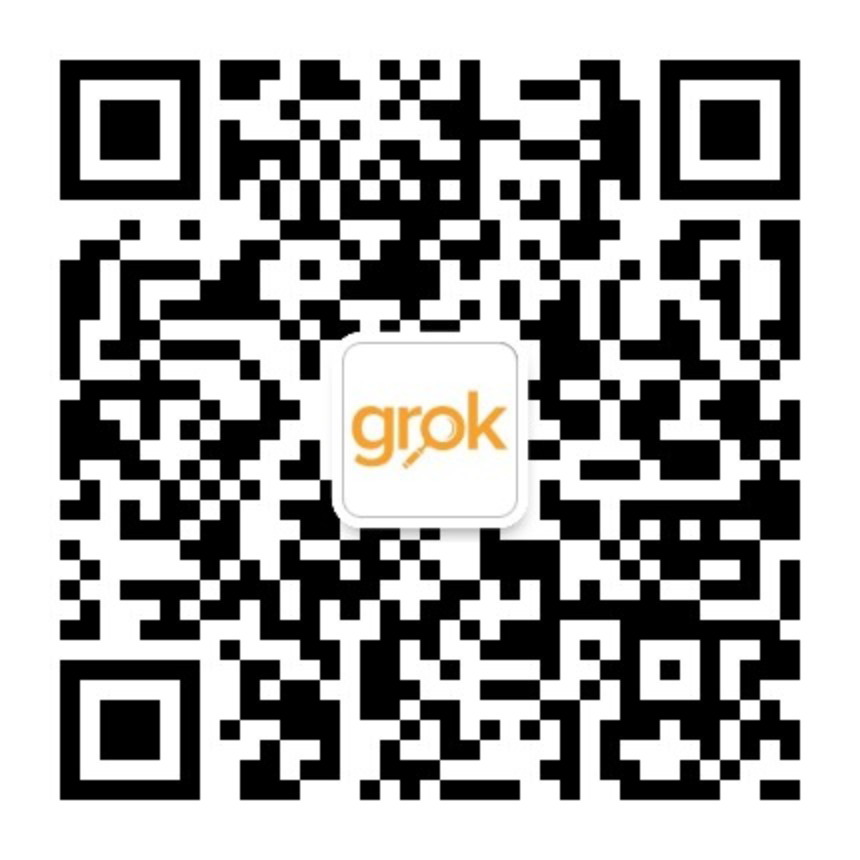Grok insight – Privacy and Chinese social media
There’s a lot of discussion about differences between social media in China and social media in the home countries of our clients in North America, Europe and Oceania. Talk focusses on how YouTube, Facebook, Twitter and other popular channels can’t be accessed in China, and instead students use platforms native to China such as WeChat, Weibo and YouKu.
However, there are also big differences in the way social media is used, meaning strategies that work at home can’t be replicated in China. The differences are vast, but one we’d like to highlight is privacy.
Users in China are more reluctant to share personal information and activities publicly. Broadly speaking, people in China, online or offline, are less likely to draw attention to themselves or their successes.
On Facebook and Twitter it’s common to use real names and have public-facing content – at the very least a recognizable profile photo. However, people online in China use aliases and where they use their real name, they’re harder to find and verify due to commonalities among names.
There are restrictions created by social media platforms that make it harder for people to share information publicly, even if they wanted to (reflecting demand in the market for privacy). Personal accounts on WeChat, the most popular platform, are closed to public view.
These differences mean some activities that institutions undertake on social media at home – whether formal or informal – can’t be done in China. For example:
- It’s much harder to find and identify alumni online. LinkedIn is currently the best option for this activity in China, but uptake has been slower than other platforms.
- Social media can’t be used to find and ‘listen’ to people of a certain demographic.
- Staff in the West will often do a top-line social media search of a prospect or current student to get a sense of who they are before communicating with them. Some institutions even check online profiles formally as part of an application process. These activities can’t be done in China.
- In the West marketing teams follow keywords or topics to gauge online sentiment and know early if there is a danger of widespread negative sentiment. This can be done in China if you know how, but not through social media and certainly not through WeChat where discussions are private.
- When you can’t see who your followers are, you can’t be sure how many are real, how many are fake, and how many are real but not within your target market. This is one reason why we always advise clients to never, ever buy followers, and always try to push content that will attract followers who are interested in your institution’s core activities.
The only accurate way to get data about your followers is to own a verified account which will give you access to analytics. For this an institution will need to have a Chinese business license or go through a lengthy and sometimes costly registration process as an international entity.
Grok’s Social Media Center works with institutions to create verified accounts and develop local social media strategies. If you have a question about this article or social media in China, feel free to contact us – info@grokglobal.com
To receive more insights and news about education in China, India and Southeast Asia, sign up to receive Grok’s monthly newsletter.

